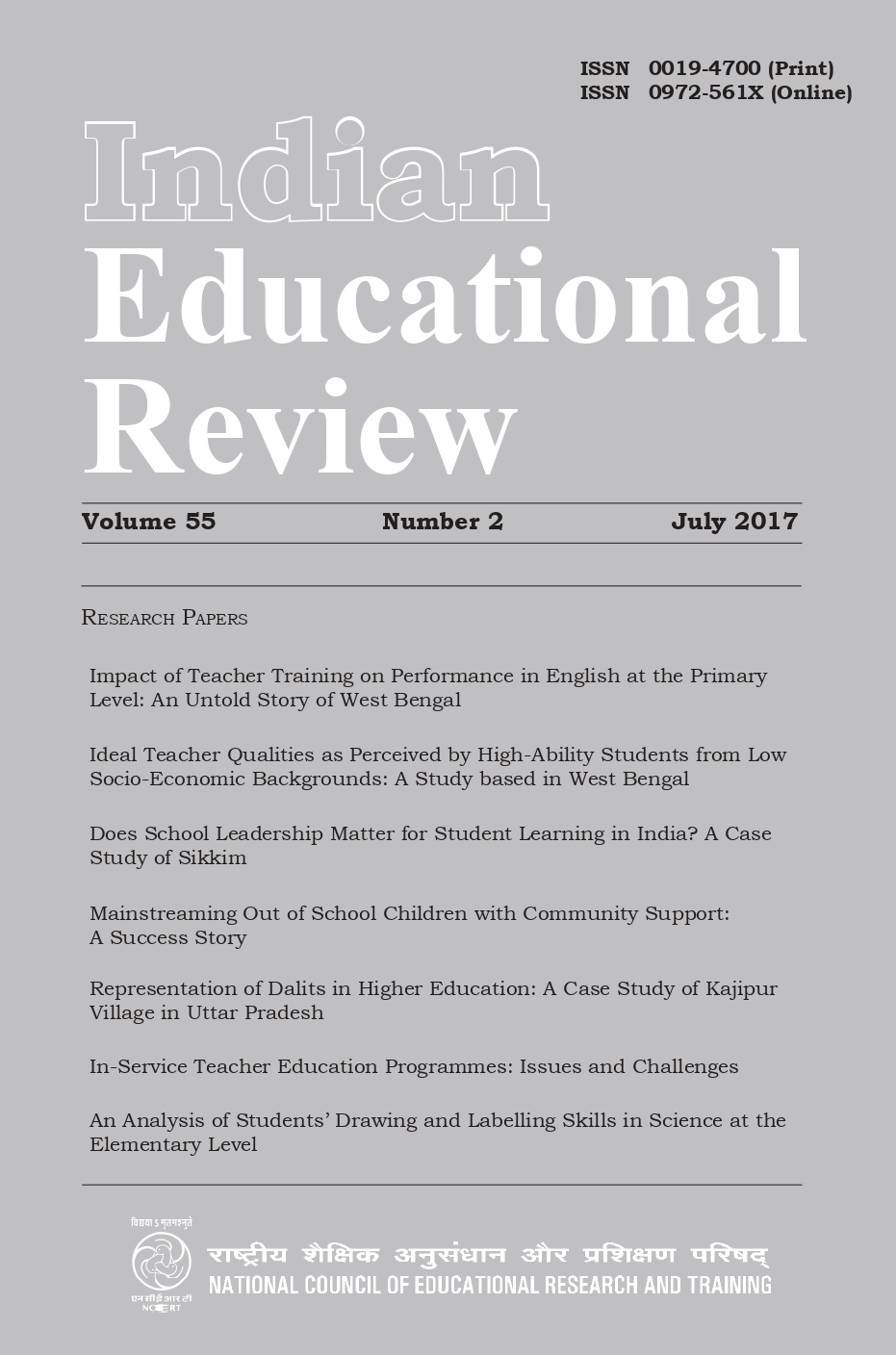Published 2017-07-31
Keywords
- Higher Education,
- Caste Development Index
How to Cite
Abstract
The core objective of Indian education has been to provide equal access to education for all. In India, higher education system belongs to social sector as education is considered to be a public good. For years, the country has been trying its level best to elevate the weaker section of society. However, Indian society is characterised by a high degree of structural inequality based upon the organisation of people into caste (the social structure of Hindus who comprise more than 80 per cent of the Indian population) and various ethnic groups, which makes it an arduous task for the State to create a level playing field even in the higher education system. Hence, this paper attempts to analyse different socio-economic factors which affect the access to higher education. The main objective of the paper is to understand the Dalit student’s participation in higher education especially the girls in Kajipur village in Uttar Pradesh, India. The data incorporated into this research are both primary and secondary. Primary field data were collected by the researchers in the year 2017 and secondary data have been attained from official government reports. Furthermore, the paper discusses primary findings and concludes by highlighting a new emerging trend of disparity in education-information and communication divide.

